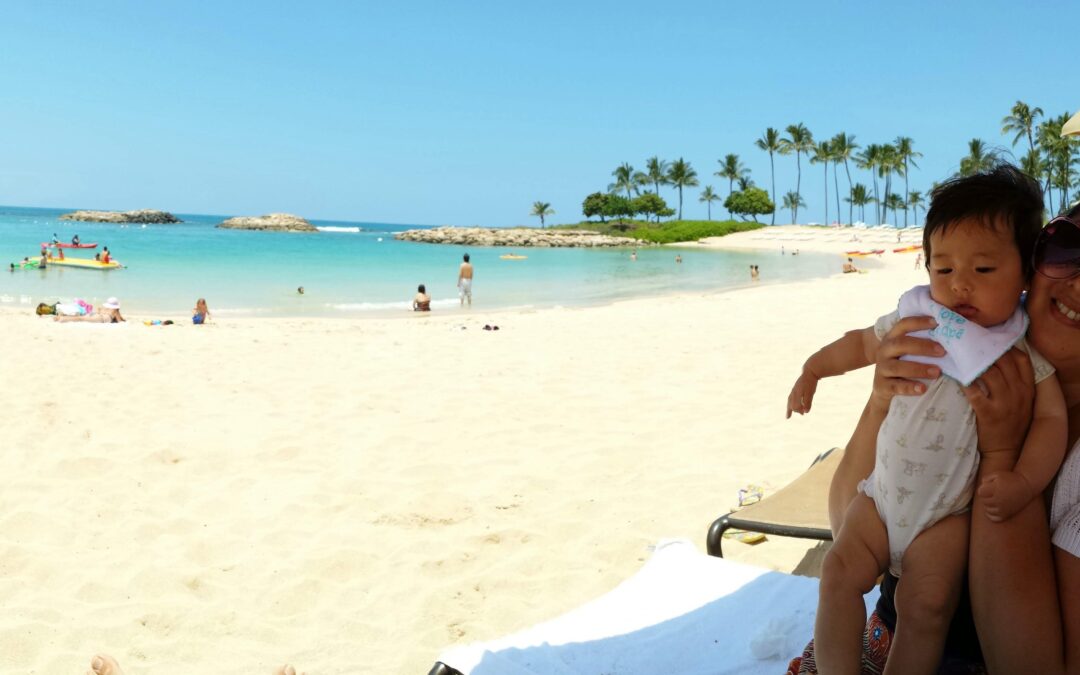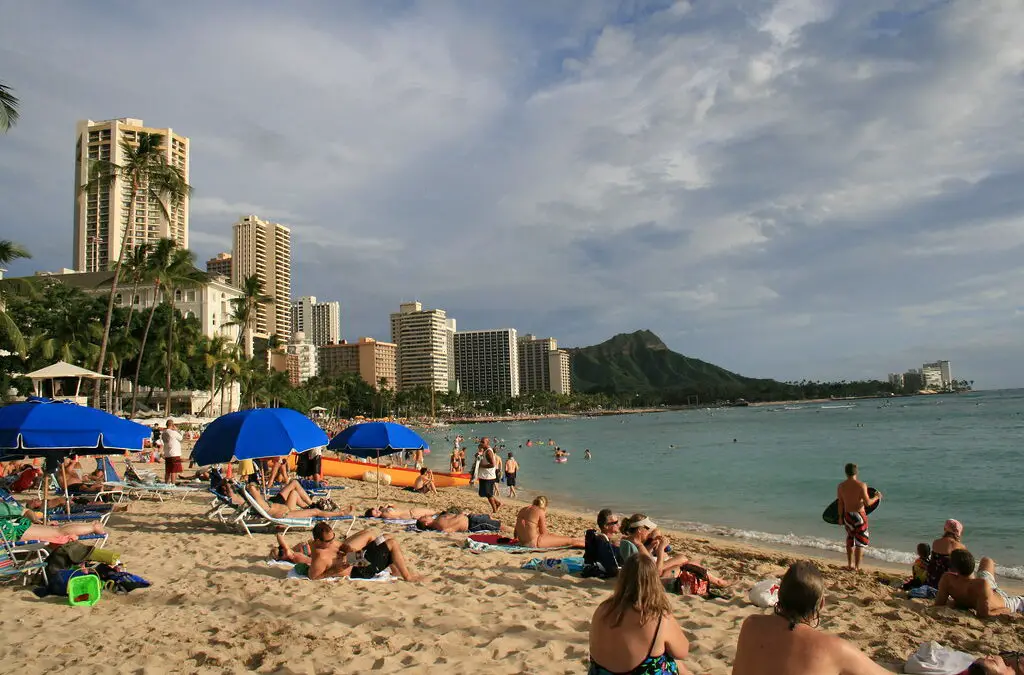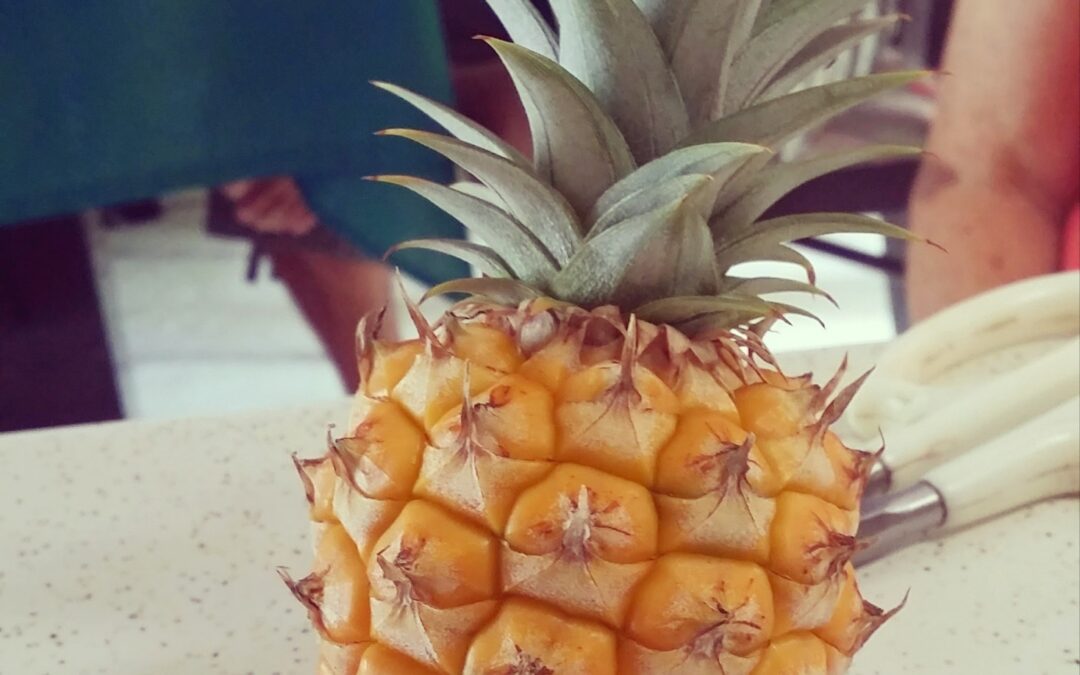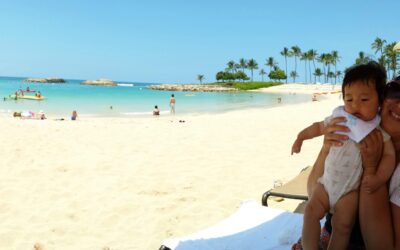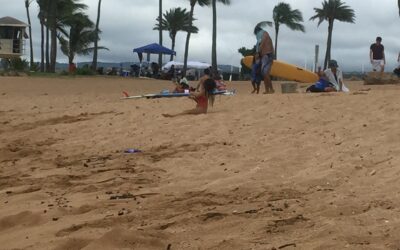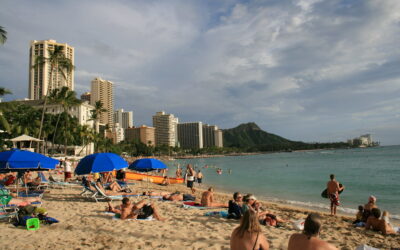A Little Bit About Kauai…
Lush tropical rain forests, stunning beaches, tranquil days under gorgeous blue skies – Kauai is the hidden gem of the Hawaiian Island chain. Its nickname, the “Garden Isle,” is a perfect way to describe this beautiful, green isle since approximately 90% of the island is made up of mountain ranges and rainforests inaccessible by car. Upon arrival, it’s noticeable that the island is older than its siblings – Oahu, Maui, and the Big Island – because the mountains are not as tall and the island not as big, however, it stuns in so many other ways! Kauai is the location of 70 films and shows. And, to be honest, while not all of them are memorable, some of the more recognizable films include: Raiders of the Lost Ark, Jurassic Park, Avatar, Pirates of Caribbean: On Stranger Tides, Jurassic World, Fast and the Furious: Hobbs & Shaw.
Fun Fact: Kauai is home to the wettest place on earth: Mount Waialeale.
Airport
The Lihue Airport is the only airport on Kauai. Also, as the smallest of the four main islands, it primarily has one main road running around the perimeter with Lihue Airport in the middle. Kauai can be divided into four regions: North Shore, South Shore, East Side (also known as the Coconut Coast), and the West Side, home to Waimea Canyon.
Regions
North Shore: The North Shore of Kauai is lush, green, and beautiful. It’s typically considered more low-key, and less touristy than the South Shore with small shops, galleries, restaurants, beautiful beaches, and a few golf courses. The North Shore is also home to the famous Napali Coast. The towns of Princeville, Hanalei, and Kilauea are on the North Shore.
South Shore: The South Shore of Kauai is mostly dry and sunny, making it the home to the majority of resorts and hotels on the island. The main towns of the South Shore are Poipu, Old Koloa Town, and Kalaheo. Because the South Shore is geared toward tourists, there are a lot of shopping centers, restaurants, and golf courses.
East Side: Also known as the Coconut Coast, the East Side of Kauai is the most “city-like” area on Kauai. It is home to the towns of Lihue, Kapa’a, and Wailua. The East Side also has a Costco and many shops and restaurants in the area as well as Opaeka’a Falls, The Fern Grotto, and Wailua River State Park. Many visitors to Kauai will often stay in this area since it’s more affordable and conveniently, centrally located (without having to pay for a spendy South Shore resort).
West Side: Home to the Waimea Canyon, the West Side of Kauai is more of a place to visit on a day trip rather than a place to stay for the duration of a vacation visit. It’s relatively isolated, making it difficult to see the rest of the island, however, many hikers and backpackers do come out this way because they enjoy the solitude and tranquility. Besides Waimea Canyon, the towns of Hanapepe and Waimea are located on the West Side.
Weather
Weather Across the Islands
There are basically two main seasons throughout most of the Hawaiian Islands: a warm, drier “summer” season – from April to November – and a “winter” season – from mid-November to March – which has slightly cooler temperatures and wetter weather. *This is approximate, as I’ve had hot Decembers and chilly Septembers but, Hawaii weather is pretty nice year round, so I wouldn’t be too worried. There is no “monsoon” season like in many tropical climates even though it tends to rain a little more in the winter, however, there is a Hurricane Season which is between June through November, with August and September being the most active months.
A bit more on hurricane season: Hurricane season lasts from June through November. We actually do not get hit with a hurricane very often, even though some years, several come close to the Hawaiian Islands. In fact, since the 1950s, only five hurricanes have landed on the Hawaiian Islands: Hurricane Nina in 1957, Hurricane Dot in 1959, Hurricane Iwa in 1982, and Hurricane Iniki in 1992. Often before hurricanes reach the Hawaiian Islands they get downgraded to tropical storms or depressions. Keep in mind, these storms can still cause a lot of rain, flooding, or damage to land and property even though they are no longer labeled as “hurricanes.” If you are traveling during hurricane season, I would recommend, keeping an eye on the weather near your travel dates. Most likely, hurricanes downgrade or veer away from the Hawaiian Islands before they cause harm, but use your personal discretion to decide if it makes sense to cancel or alter your travel plans since the weather may still impact flights and activities during your vacation.
Kauai Weather
There’s a reason Kauai has one of the wettest spots on Earth. It rains. Often. Although the “rainy season” is thought of as from December to March, it’s best to assume that it will rain (even a little bit) daily. Usually, the combination of warm weather and brief showers means that Kauai rain won’t usually change up your plans, however, it’s still a good idea to have an umbrella and rain jacket in the car when you go out for the day. That being said, the North Shore is the wettest side of the island while the West Side is the driest. The South Shore is also usually sunny and dry and the East Side is in the middle – drier than the North Shore but not as dry as the South Shore. If you’re planning any hiking activities, make sure you check the weather beforehand. Some hiking trails can be more treacherous after or during rainfall, including flash floods and unstable or slippery terrain.
Kauai Average Temperature Ranges in Fahrenheit
| JAN | FEB | MAR | APR | MAY | JUN | JUL | AUG | SEP | OCT | NOV | DEC | |
| TEMP | 65-78 | 65-78 | 67-79 | 68-81 | 70-83 | 72-84 | 74-85 | 74-85 | 74-84 | 72-81 | 70-79 | 67-78 |
Transportation
For most visitors looking to maximize their vacation days on Kauai, having a rental car will be the best way to get around the island. While there are shuttles, taxis, and rideshare services to and from the airport and various hotels resorts, many of these services don’t venture beyond that. In that sense, if you’re only planning on staying within a resort area, renting a car may not be necessary; especially because bike and/or moped rental might be an option for you too.
The Kaua’i Bus system consists of 9 bus routes with six fixed routes connecting various towns throughout Kauai and 3 shuttle services for transportation within specific local communities. As of 2024, General bus fare is $2.00/trip with children 6 and under free with a paying adult. Daily passes are $5.00 per day. While the bus system is a cheap way to travel the island, you will need to take into account the longer travel times. Also, some areas may not be easily accessible via bus routes. If you’d like more information, you can check the Kauai Bus site for schedules, routes, and live bus times.
Other Things About Kauai
Napali Coast: It is important to point out that if you want to see the Napali Coast, there is no way to access it by car, rather, via boat, helicopter, and/or small plane are the primary options available. Some seasoned hikers, may also opt to hike across Napali Coast and there are tours for that as well, however, this option is most suited for the strong, experienced hiker only.
Winter Swim Conditions: In the winter months, many of the beaches in Kauai become too rough for swimming. If you’re planning to do a lot of beach swimming, come in the late spring or summer months.
General Things About the Hawaiian Islands
Hawaii is the 50th state in the United States, our currency is the US dollar, and English is the most commonly spoken language in the Hawaiian Islands. We follow Hawaii Standard Time (GMT -10 hours) and Hawaii does not observe Daylight Savings Time. As of the 2020 census, our local population is very ethnically diverse with 22.9% White, 37.2% Asian, 10.8% Native Hawaiian and/or Pacific Islander, and 1.6% Black, with 25.3% of the population classifying themselves as multi-racial.
Fun Fact: Hawaii is the only state with two official languages: English and Hawaiian. While the Hawaiian language is not as commonly spoken as English, be ready to see a large number of local street names, towns, restaurants, historic sites, and more with Hawaiian names.
Travel: When visiting Hawaii from another state or country, the flight attendants will announce that you must consume all foods before landing and you must fill out a declaration form from the U.S. Department of Agriculture. This is required for each person arriving in Hawaii to prevent uninspected plants and animals from entering the Hawaiian Islands. There are also restrictions for carry-on luggage regarding certain fruits and vegetables, plants, and flowers between islands. Please check before boarding, even if you are just interisland-hopping.
Please note: The primary reason for the form and these agricultural restrictions is to protect the local ecosystems which are not always built to protect themselves from invasive pests, plants, and animals. When an invasive plant, insect, or animal is placed in the island’s local ecosystem, at a minimum, the invasive pests are annoying and costly to remove, but in more severe cases, they can completely decimate native plants and animals. To date, hundreds of plant and animal species have gone extinct with hundreds more on Endangered Species lists. As part of a community that enjoys the Hawaiian Islands, we’d like to preserve the remaining native species to the best of our abilities. Thank you!


